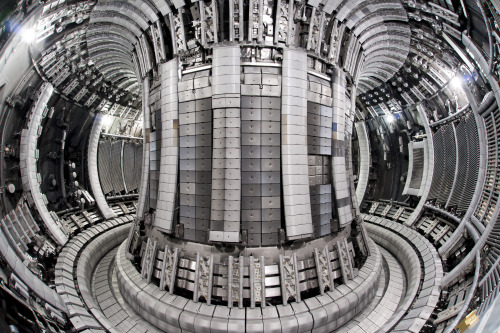
A star is born
If a tree falls in an Alpine forest and no one is around to hear it, does it make a sound? What happens when a star – a real one – is born in an Alpine forest? We all ought to start thinking about the latter because that’s exactly what scientists are doing in Saint-Paul-lès-Durance: they are creating a star in a bottle.
Thirty-five countries, representing more than half the world’s population, have invested billions of dollars into building a star-making machine. Few engineering feats can compare in scale, technical complexity or ambition.
Once completed, the International Thermonuclear Experimental Reactor, or ITER as this mammoth machine is called, will stand a hundred feet tall and weigh twenty-three thousand tons – that’s more than twice the weight of the Eiffel Tower.
If ever switched on, ITER will create a new energy source that could save the planet from catastrophe -
“Beams of uncharged particles - the energy in them so great it could vaporise a car in seconds - will pour into the chamber, adding tremendous heat. In this way, the circulating hydrogen will become ionised, and achieve temperatures exceeding two hundred million degrees Celsius - more than ten times as hot as the sun at its blazing core.”
And it gets better according to The New Yorker -
“There isn’t a physical substance that could contain such a thing. Metals, plastics, ceramics, concrete, even pure diamond - all would be obliterated on contact, and so the machine will hold the superheated cloud in a ‘magnetic bottle’.
"Just feet from the reactor’s core, the magnets will be cooled to two hundred and sixty-nine degrees below zero, nearly the temperature of deep space. Caught in the grip of their titanic forces, the artificial earthbound sun will be suspended, under tremendous pressure, in the pristine nothingness of ITER’s vacuum interior.”
Eventually, physicists hope commercial reactors modelled on ITER will be built too – generating terawatts of power with no carbon, virtually no pollution, and scant radioactive waste which would essentially solve the world’s energy problems for the next thirty million years…
Perhaps there is light at the end of the tunnel after all?
Full report by @raffiwriter on The New Yorker.
@sallyhandroo is a regular contributor to Found Things.
10 Notes